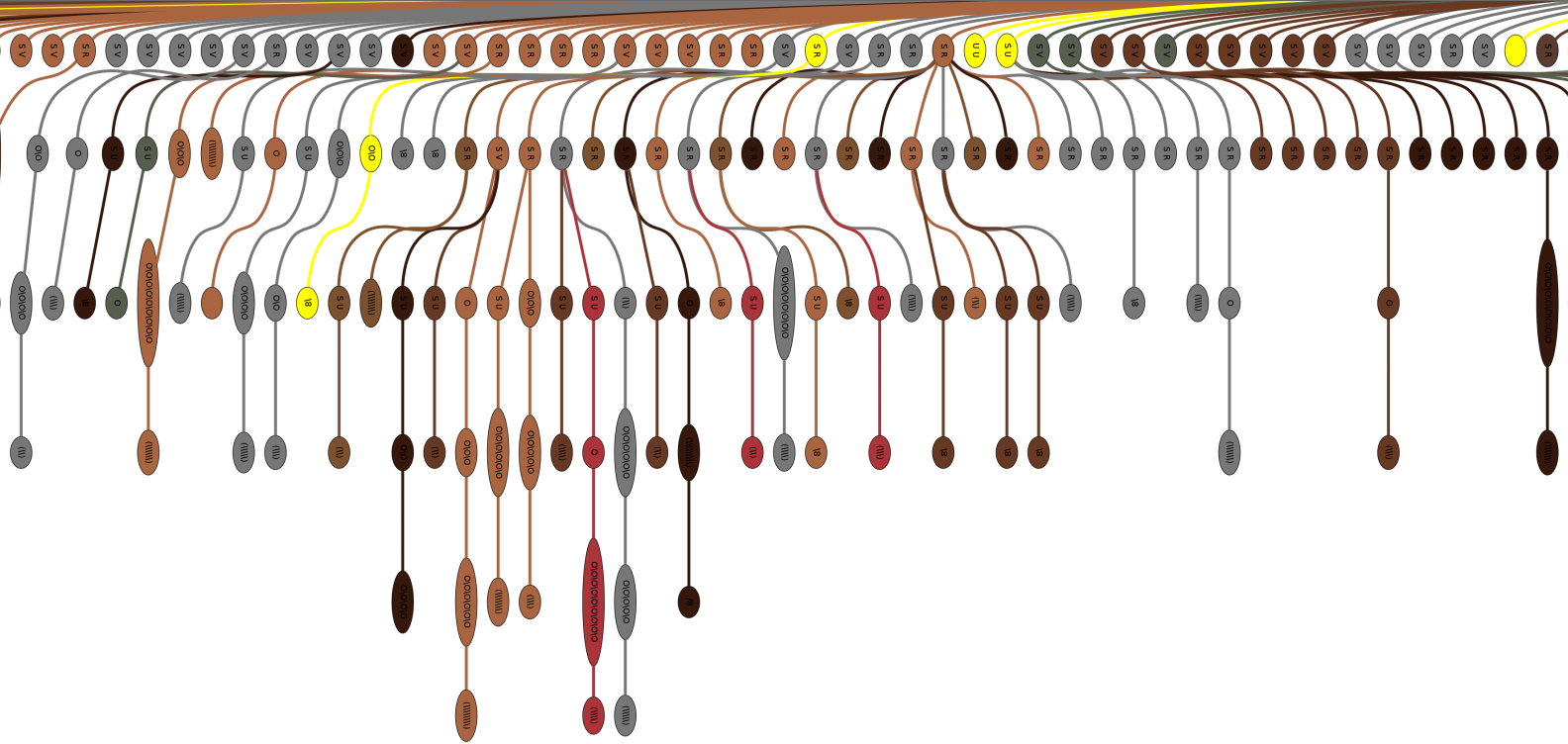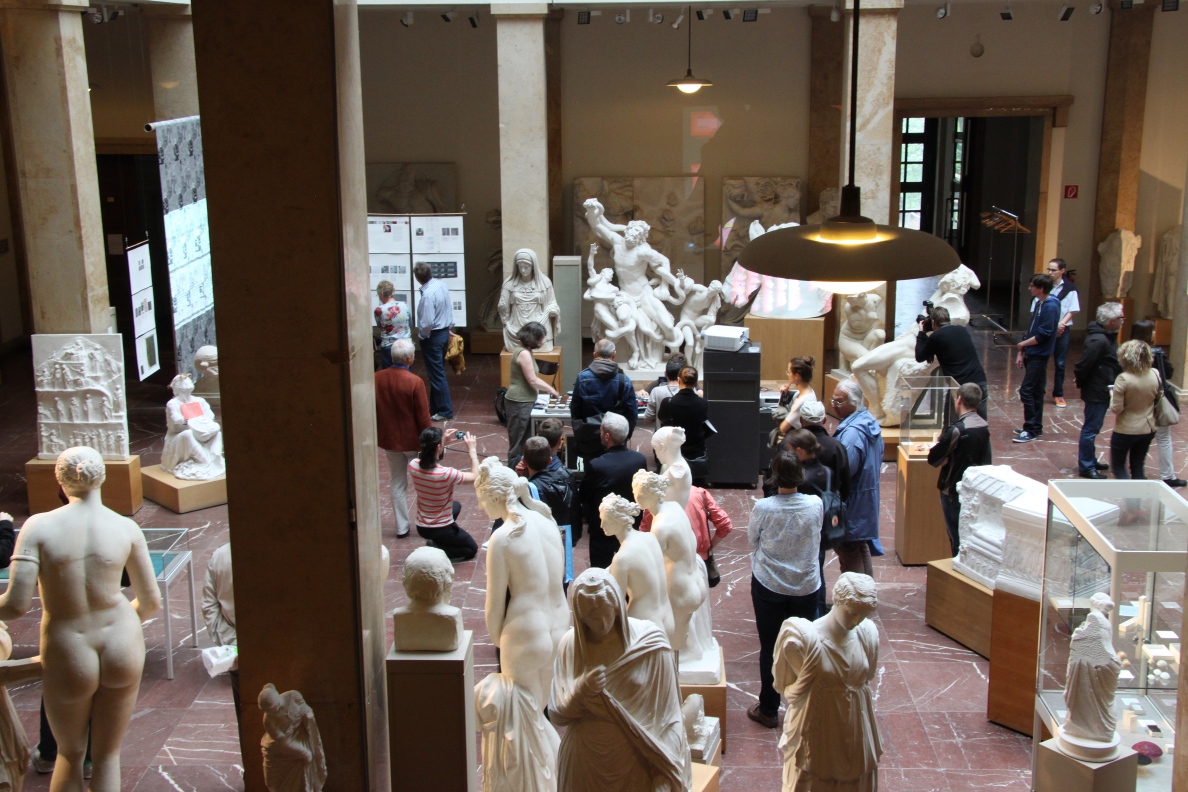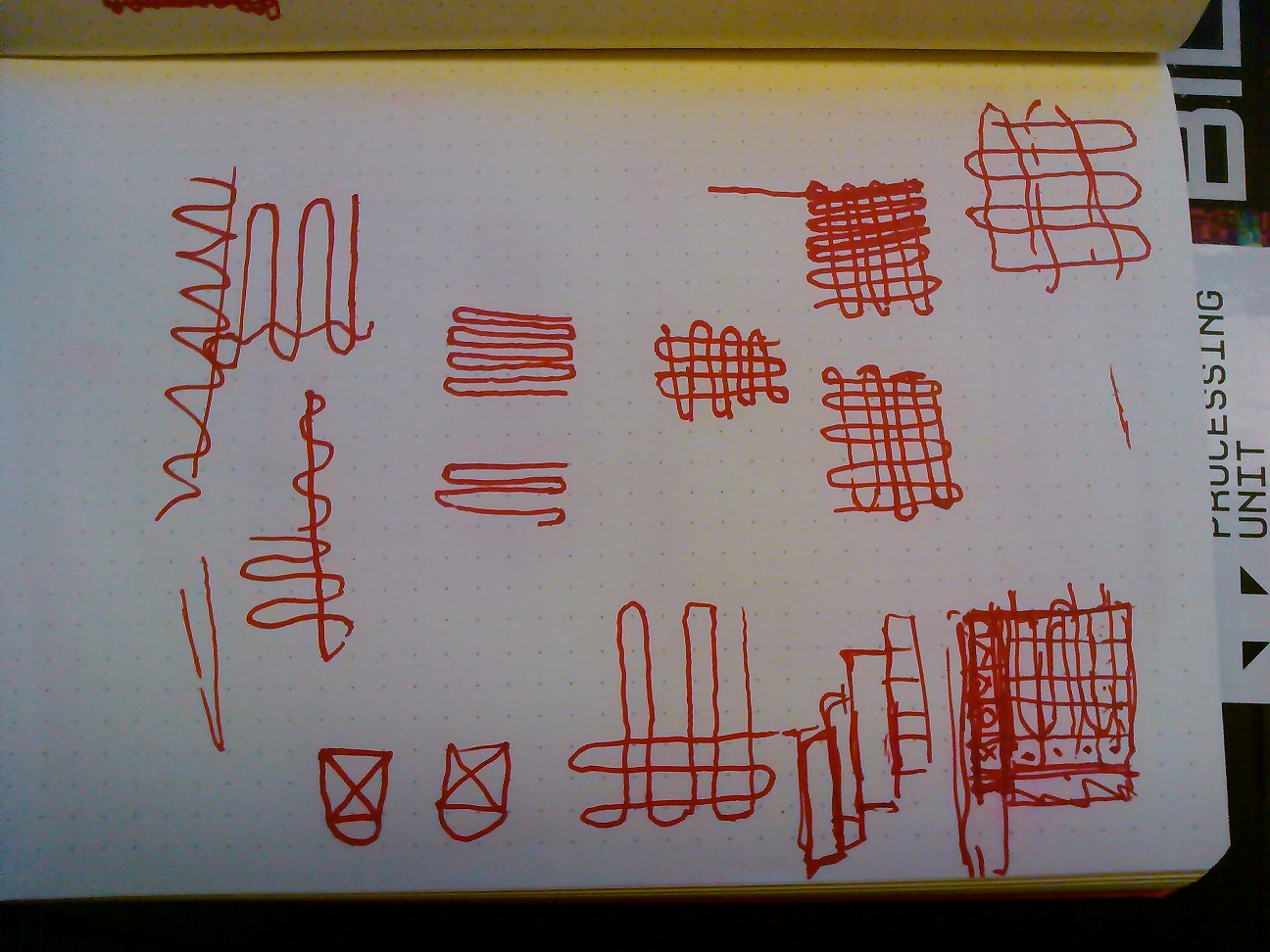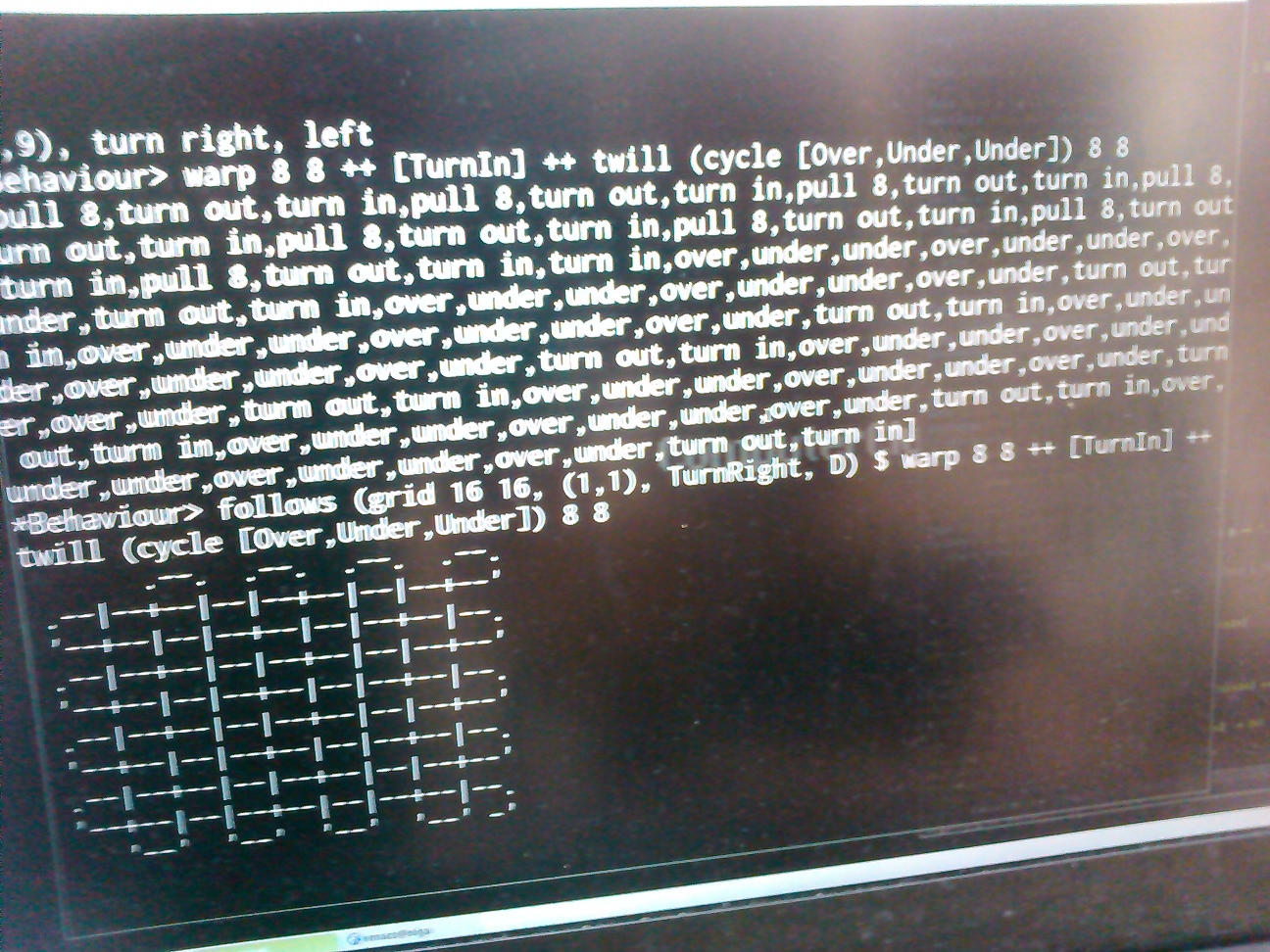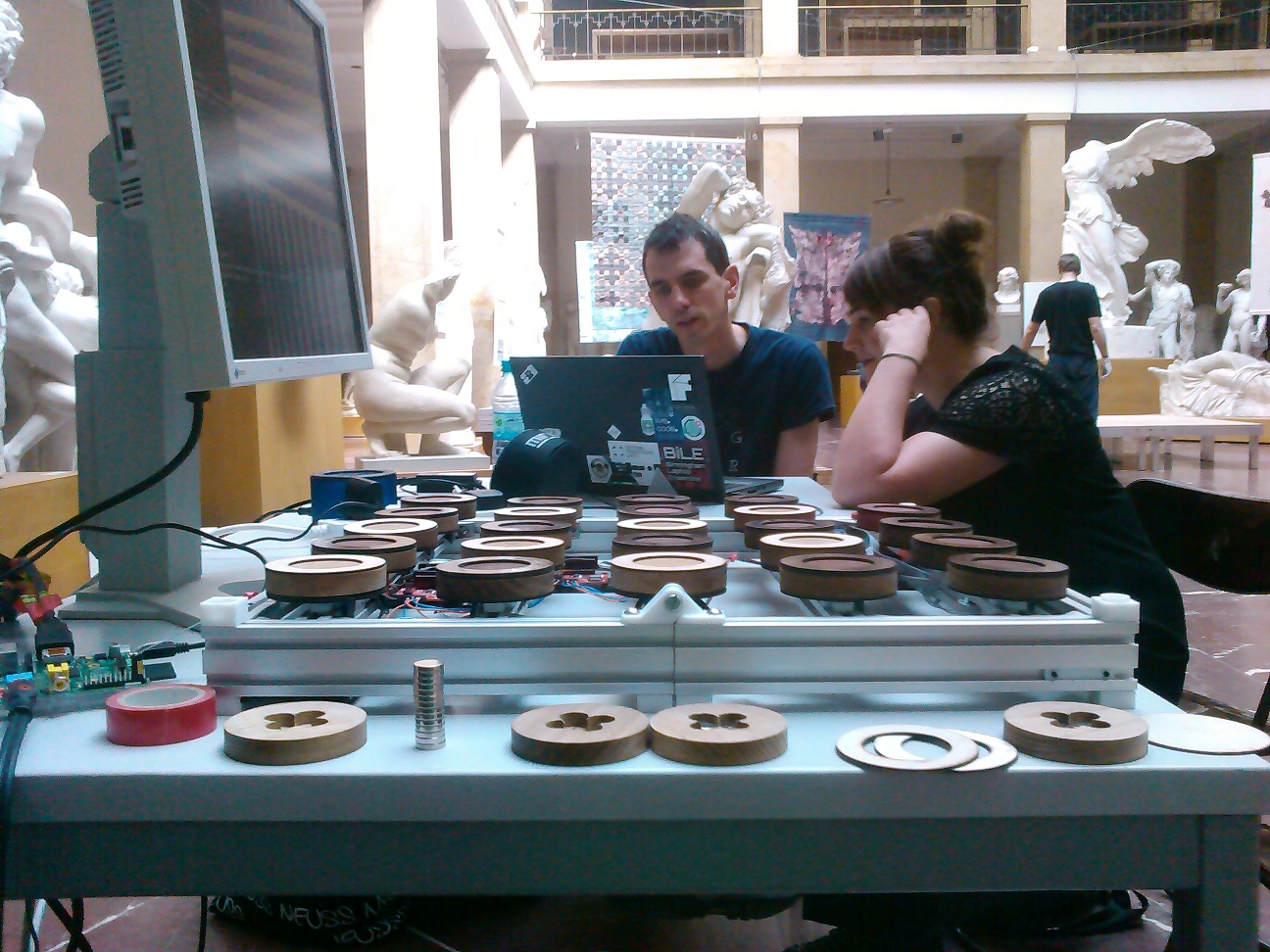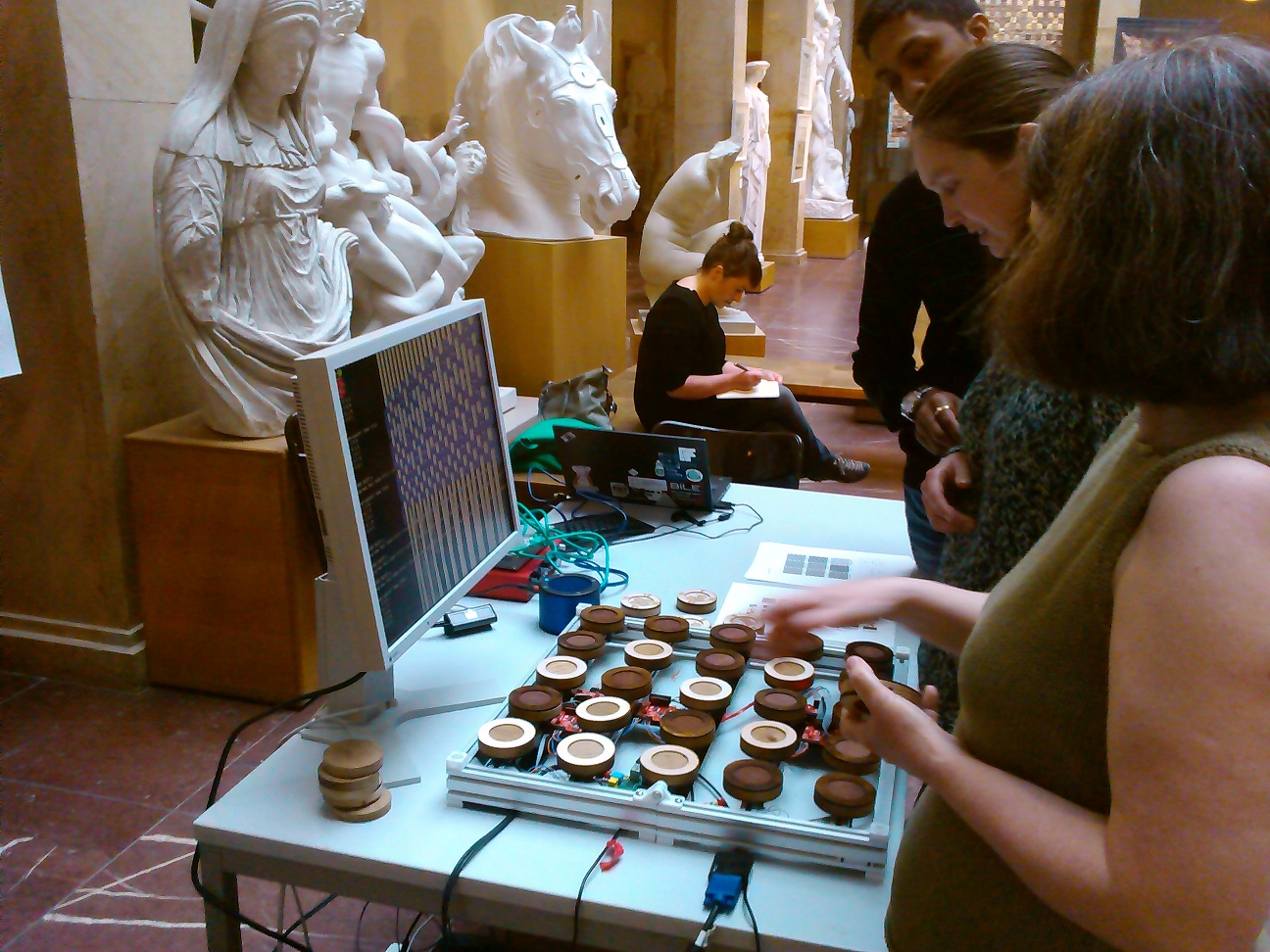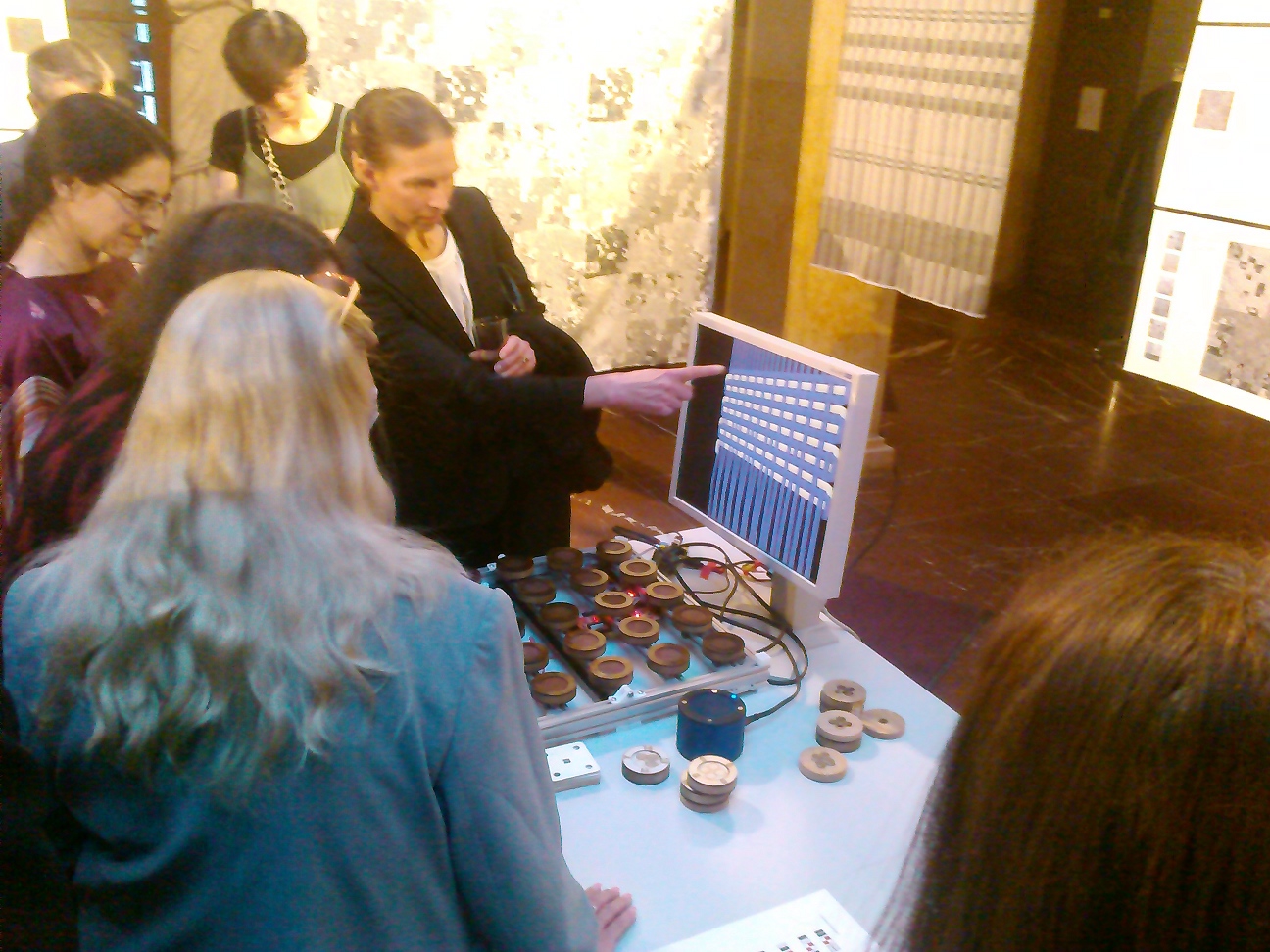This week I’m teaching at IMM Düsseldorf with Julian Rohrhuber which has given me a chance to follow up a bit on Inca Quipu coding with knots, a dangling thread from the weavecoding project. Quipu are how the Incas organised their society, as they had no written texts or money – things like exchanges (for example from their extensive store houses) were recorded via knots. Researchers have been able to decode the basic numeric system they used, but 20% of the quipu seem to follow a different set of rules, along with extra information encoded via thread material, twist direction, colour and other knot differences. I’ve written a python program for converting the Khipu Database Project excel charts into graphviz files for visualising:
The knots are described in ascii art, with S and Z relating to the ply and knot ‘handedness’ direction they are tied in:
O : a single knot O/O : two single knots tied in S direction (it's rotated 90 degrees :) (\\\\) : a long knot of value '4' tied in the Z direction /8 : end (figure of 8) knot tied S direction
The pendant nodes also have labels describing their ply direction and the side the attach on, so “S R” is S ply & recto attached.
The hardest part of this has been a bit of more recent media archeology to figure out the colour values, I’ve had to cross reference the original Ascher-Ascher Quipu Databooks published in 1978 which contain their own colour system which more or less maps to the NBS-ISCC Munsell colour chart originally proposed in 1898. Luckily that site provides hex colour values – hopefully they are vaguely accurate, the current lookup table is here:
colour_lookup = {
"W": "#777777",
"SR": "#BF2233",
"MB" : "#673923",
"GG" : "#575E4E",
"KB" : "#35170C",
"AB" : "#A86540",
"HB" : "#5A3D30",
"RL" : "#AA6651",
"BG" : "#4A545C",
"PG" : "#8D917A",
"B" : "#7D512D",
"0B" : "#64400F",
"RM" : "#AB343A",
"PR" : "#490005",
"FR" : "#7F180D",
"DB" : "#4D220E",
"YB" : "#BB8B54",
"MG" : "#817066",
"GA" : "#503D33"
}
